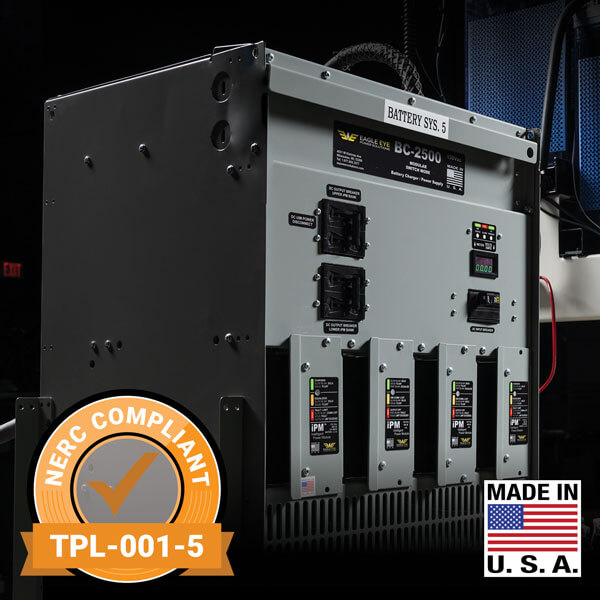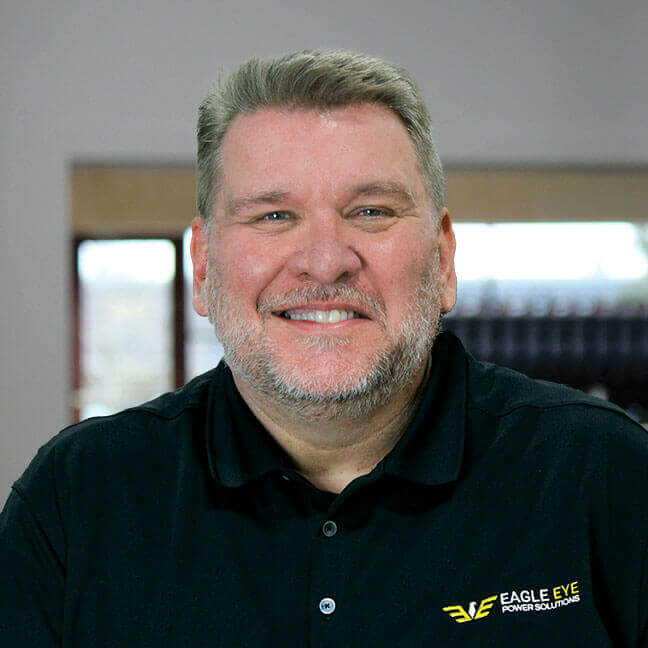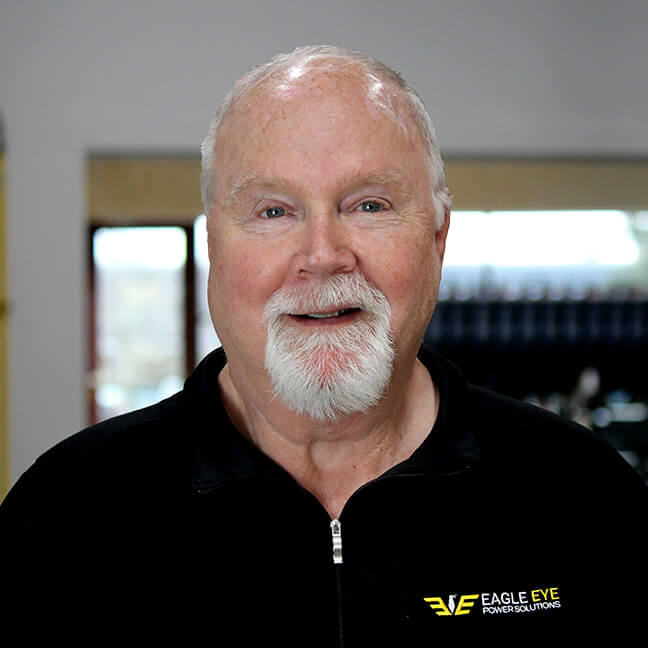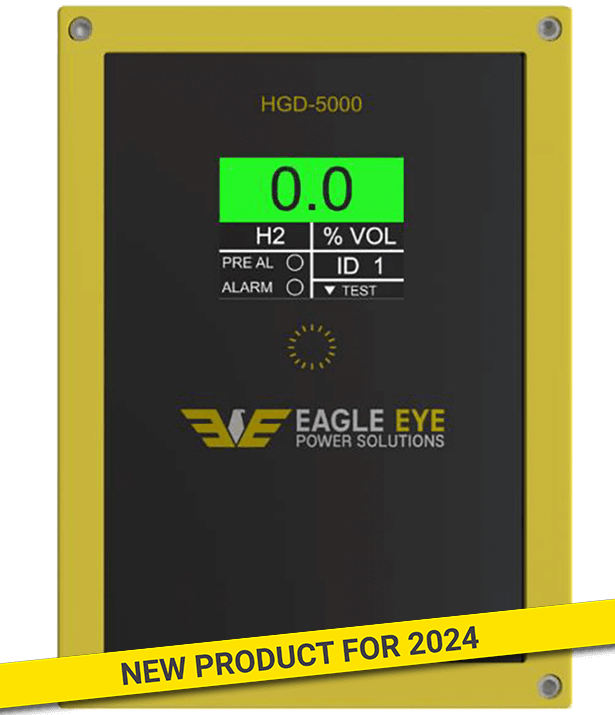Tech Note | Is It Time to Take a Serious Look at Convection Cooled Switched Mode Rectifier Chargers Again?
Switched Mode Rectifier/Chargers (SMRs) are the dominant method of charging stationary batteries for telecommunications (telecom), information technology (IT) and other standby power applications. The vast majority of these are forced air cooled. In North America, the exception is with the utility companies who still favor older linear technologies, mainly Silicone Controlled Rectifiers (SCRs).
So why the reluctance of utility companies to adopt the lighter, more efficient and user-friendly SMRs? This paper will explore the issues and argue the case for a second look at SMRs, in particular, convection cooled SMRs.
Read Full ArticleWhite Paper | Establishing DC Power System Compliance with NERC Standard TPL-001-5
Understand the timeliness and importance of this reliability standard, as well as how to configure your DC system for immediate and long-term compliance.
Read Full ArticleDid You Know?
The Perfect Electrical Supply Storm
Are we approaching the perfect storm when it comes to electrical supply and demand? The impact on supply is well understood, with the fold back of fossil fuel generation and promotion of renewables. This may be understood, but in this author’s opinion, not very well thought out.
Then, we have the increase in demand fueled by EV’s and IT. It is hard to calculate the extra demand caused by charging EV’s, which seems to be a moving target with more penetration into residential areas. What raises the possibility of a perfect storm is the burden being placed on the grid by the burgeoning buildout of data centers. Did you know that because of the electric power load, data centers are now being measured by power consumption rather than square feet? A recent survey conducted by Cushman and Wakefield shows that data center concentration, particularly in North America and Europe, is in areas of high population already burdened by high energy consumption. It is estimated that with the arrival of AI technology, processors will require up to 4 times the power of conventional computing. Many areas and countries are already having to restrict the building of new data centers until energy production has caught up with demand.
To quote a headline in the December 25th, 2023 issue the UK Telegraph newspaper, “The USA is sleepwalking into a future of blackouts.”
ERCOT is planning to add 25,000 MW of battery storage in 2024
The Electric Reliability Council of Texas (ERCOT) took some heat (pardon the pun) over the past few years over its inability to provide enough power during unusual peak demands. Well, did you know that they figured out that their particular solution lay in batteries? Thousands of them to be exact. In 2023, the Texas grid installed a record number of battery storage projects throughout its area and is in line to far exceed that number in 2024.
Using the nominal figure that 1MW of power is enough to power 200 homes on an exceptionally warm or cold Texas day, the following battery storage projects are being actively built or in the planning or permitting process. ERCOT is planning on adding 25,000 MW of battery storage in 2024 (5 million homes) and 40,000 MW (8 million homes ) in the following two years.
Previous NewsletterPodcast | Switch Mode Chargers and TPL Compliance
News From the Nest

Press Release:
Eagle Eye Power Solutions Finalizes Agreement to Become Exclusive Provider of Industry-Leading Switch-Mode Industrial Battery Chargers.
Read The Release

Welcome: Aaron Aho – Sr. Product Manager
Aaron works with the Marketing team and cross-functionally to help Eagle Eye oversee the management and lifecycle of our diverse product portfolio. Welcome to the team, Aaron!
Join the team!

Welcome: George Turner – EEU Instructor & Technical Advisor
George brings over 30 years of lead acid battery experience to our team as an instructor and technical advisor. Welcome George, we are lucky to have you!
Join the team!

